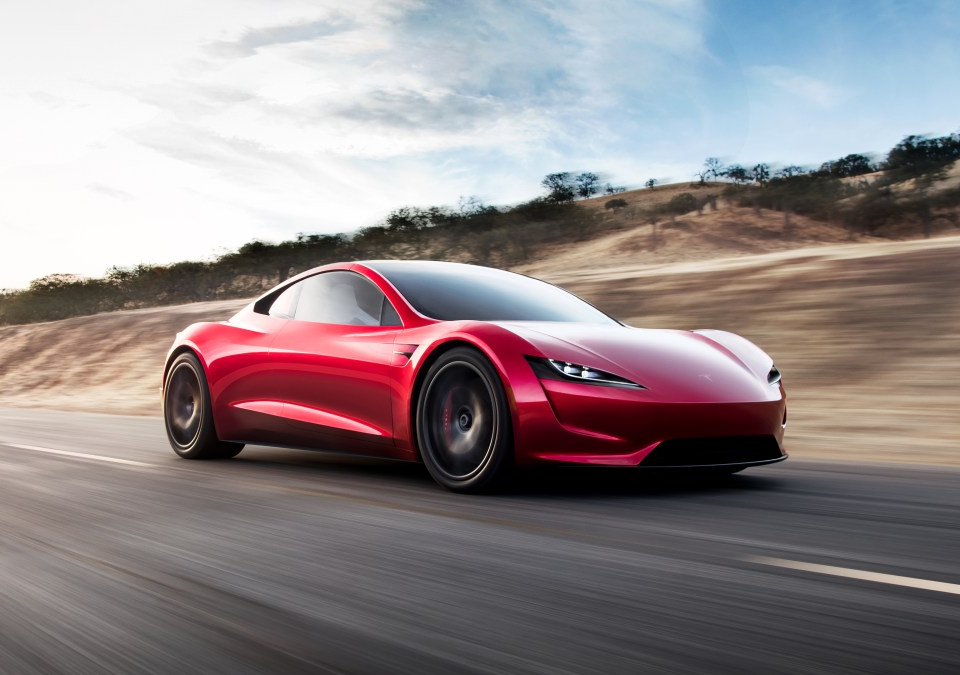
Tesla dumped 75% of its Bitcoin holdings
July 21, 2022
India proposes right to repair framework for mobile phones, consumer durables
July 21, 2022
Tesla’s second-quarter earnings report tells a story of quarterly declines caused by production challenges and year-over-year growth.
The company reported Wednesday a quarterly decline in revenue and earnings as supply chain constraints, inflation and an extended shutdown in China chipped away at its bottom line. The company’s share price increased rose as much as 4% and then settled up about 1.45% in after market trading.
Tesla generated $16.9 billion in revenue in the second-quarter, down from $18.8 billion in the first quarter. The second-quarter revenue numbers were also lower than the $17.7 billion it brought in the fourth-quarter of 2021.
Tesla said it earned $2.3 billion, or $1.95 a share, in the second quarter, which was also down from the $3.3 billion it earned in the first quarter.
Despite the sequential decline, Tesla’s year-over-year results painted a far rosier picture with revenue increasing 42% from the $11.96 billion in revenue from Q1 2021. Profits also nearly doubled from the $1.14 billion, or $1.02 a share, it earned in same period in 2021.
Per data from Yahoo Finance, analysts expect that Tesla generated Q2 2022 revenues of $17.2 billion and $1.85 in earnings per share. For the second quarter of 2021, Tesla reported $11.96 billion in revenue and $1.45 in earnings per share.
The company noted it continued to make significant progress across the business during the second quarter of 2022 despite facing certain challenges, including limited production and shutdowns in Shanghai for the majority of the quarter.
The company’s bottom line was pulled into two different directions: it was aided by selling its EVs at a higher price and selling regulatory credits worth $344 million while it saw inflation and other costs cut into its automotive margins. Tesla’s automotive margins shrank to 27.9%, down from the previous quarter of 32.9% as well as the 28.4% it reported in the fourth quarter.
Musk repeatedly talked about how production, not demand, was the primary inhibitor to the company’s growth.
“Right now our problem is very much production,” Musk said during the call. “So, we have long leads on — as anyone can tell if they order a car — if you order a Model Y it will arrive sometime next year. So this is clearly not an issue for many months (referring to demand). For us, our problem is overwhelmingly that of production.”
Despite these issues, Musk did try to highlight some of the company’s successes including that it ended the quarter with the highest vehicle production month in its history as its Shanghai factory came back online and its new facilities in Berlin and Austin ramped up.
Tesla also revealed it has sold 75% of its Bitcoin holdings this quarter. The company appears to have lost around $150 million on its bet in the cryptocurrency since its 2021 purchase, selling the coins for $963 million. Tesla said the value of its remaining “digital assets” is $218 million.
Tesla provided a few other updates such as maintaining its production launch date of mid-2023 for the cybertruck and forecasting a planned increase in the cost of its FSD beta software. The company did not provide an update on its electric Semi truck and the Roadster, both of which were introduced as concepts in December 2017.



